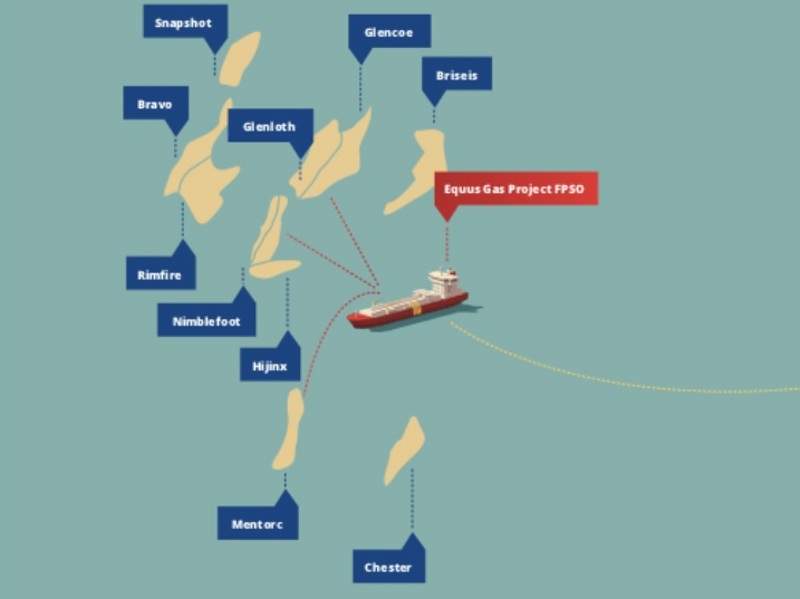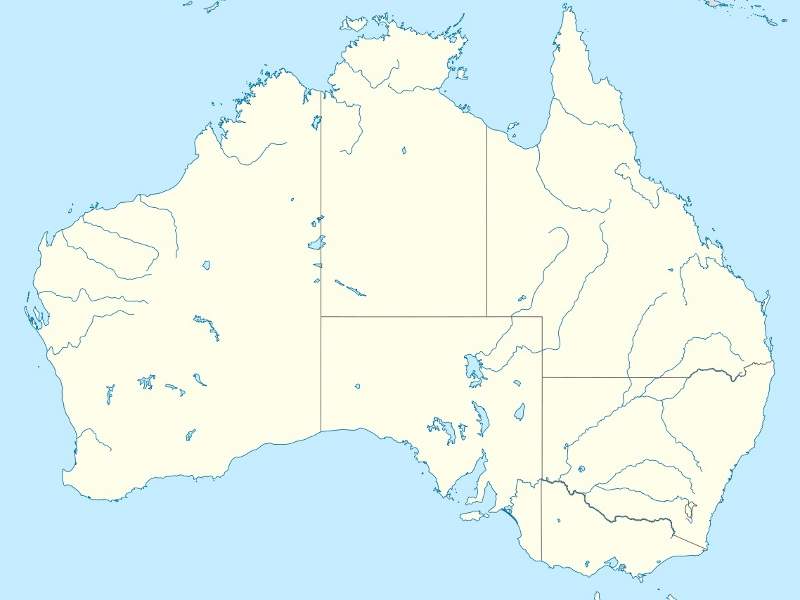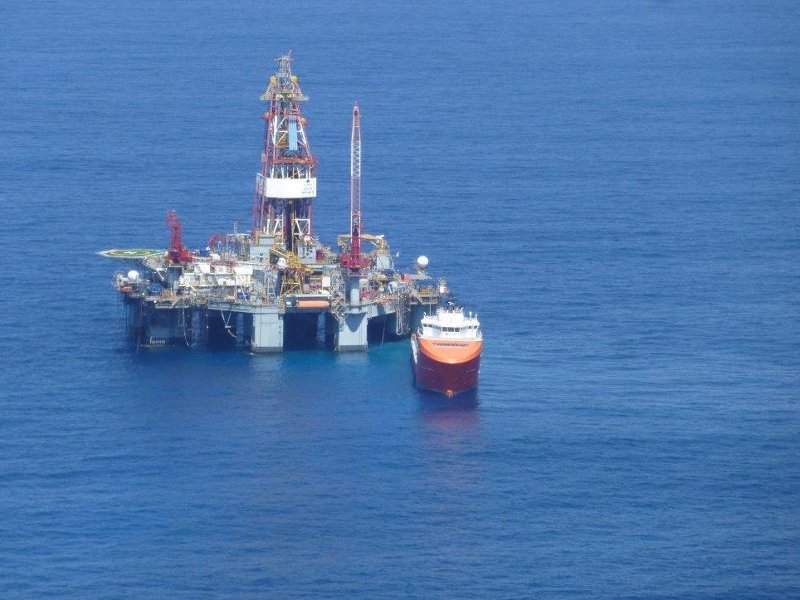The Equus gas project involves the development of 11 gas and condensate fields located in the Carnarvon Basin, approximately 200km off the coast of Onslow in Western Australia. The fields are located in water depths of more than 1,000m in Block W-390-P of the North Western Shelf, which is one of the biggest oil and gas production basins of Australia.
Hess Corporation acquired the licence to begin exploration in the block in 2007. The company spent approximately $1.5bn on the exploration and appraisal activities, as well as engineering studies for the project. The block was, however, divested in November 2017 to Western Gas, which is the current operator and owner of the project.
Western Gas is currently looking for a development partner for the gas and condensate project, as well as customers for the gas produced by the project. The company is expected to make the final investment decision on the project in late-2019 with first production targeted for 2023.
Equus gas and condensate field reserves
The Equus gas and condensate project is estimated to hold approximately two trillion cubic feet of gas and 42 million barrels of condensate reserves.
The gas reserves are expected to cater to a quarter of Western Australia’s domestic gas requirements for approximately 20 years.
Equus gas project exploration and appraisal details
Hess commenced a 16-well exploration drilling programme in the Block W-390-P in the second quarter of 2008. A total of four exploration wells were drilled in 2008, out of which three wells discovered natural gas.
A total of 11 exploration wells were drilled by the end of December 2009, with nine wells discovering natural gas. The remaining five wells in the exploration programme were drilled in 2010, out of which two discovered natural gas.
The exploration programme was concluded in the third quarter of 2010. The names of the discoveries are Chester 1, Briseis 1, Toporoa 1, Dunlop1, Lightfinger 1, Warrior1, Mentorc 1, Hijinx 1, Nimblefoot 1, Glencoe 1, Rimfire 1, Bravo 1 and Glenroth.
Hess commenced an appraisal programme for the discoveries in the fourth quarter of 2010. The programme was completed by mid-2012 and included additional drilling and flow testing of the wells.
A total of 17 exploration wells were drilled by Hess in the block that led to the discovery of 15 gas fields.
Equus gas project development background
Hess awarded front-end engineering design (FEED) study contracts for the gas field development in 2012, following the completion of the appraisal programme. A non-binding letter of intent was signed with an unnamed liquefaction partner in late-2014.
The joint front-end engineering studies for the project began in 2015 and discussions were also initiated with potential long-term buyers for the liquefied natural gas.
Hess terminated the FEED contract in 2016 and notified the Australian Government of its intention to abandon the project and focus on other higher value-generating projects.
Equus gas project development details
The Equus gas project is planned to be developed in phases. The first phase will involve the development of three production wells at the Mentorc, Nimblefoot and Glenroth fields.
The fields will be linked using subsea infrastructure to a floating, production, storage and offloading (FPSO) facility. The FPSO will have a processing capacity of 325 million metric standard cubic feet per day (Mmscfd). It will include gas and condensate processing, and gas compression facilities.
Dry sales gas produced from the FPSO will be transported by a 220km pipeline to the shore, with landfall planned near Onslow. The project is expected to supply approximately 250 terajoules of gas a day.
Western Gas is also looking for alternative options for the development of the offshore project.
Contractors involved
Hess awarded the FEED contract for the topsides and floating facilities of the project to INTECSEA and WorleyParsons.
Neptune Marine Services was contracted by Hess to complete the geotechnical and geophysical surveys for the project. The company completed the survey under a strategic alliance with Greatship Subsea Solutions Australia.
Wood Group was chosen by Hess to provide engineering services for the subsea and pipeline infrastructure of the project.
DORIS Engineering was awarded a contract to carry out the conceptual engineering studies related to the subsea development of the project.









